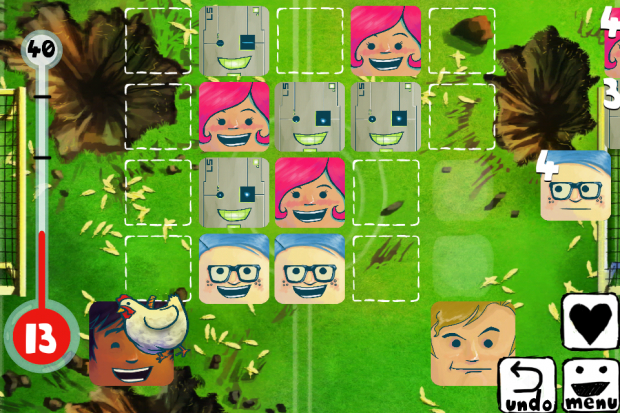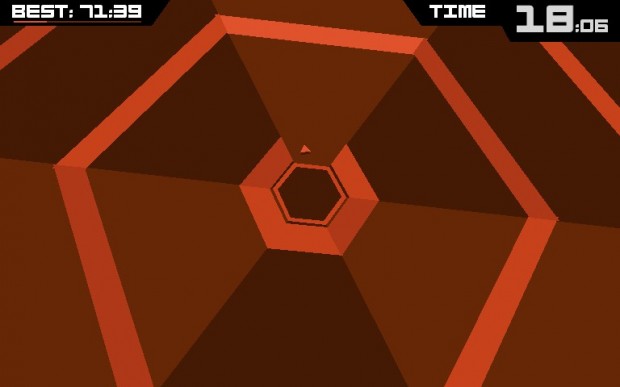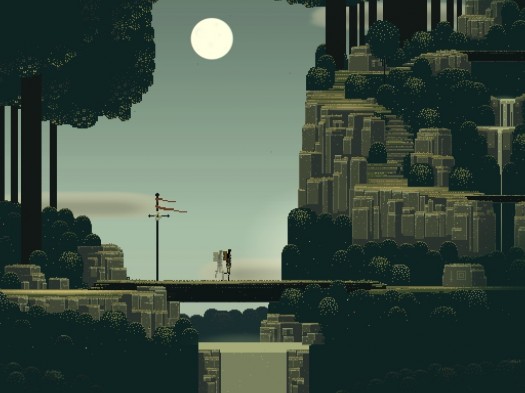I’ve spent a lot of time in 2012 playing games, but not a lot of time writing about them. As I did last year, I’d like to tell some stories or share some thoughts about the ones that meant the most to me this year. I’ll be posting one a day until Christmas. See all Games of 2012 posts.
It is a strange thing when my favorite television “network” has become one of my favorite game publishers as well. Adult Swim, home of staples like [The Eric Andre Show](http://theericandreshow.tv/) and [Check It Out!](http://video.adultswim.com/check-it-out-with-dr-steve-brule/), has been steadily releasing Flash and mobile games for the last few years. Unsurprisingly, most of these games are pretty twisted – but not the subject of today’s post, Popcannibal’s Girls Like Robots.
GLR is a charming little block puzzler, with a nice drawn art style that sort of reminds me of Double Fine’s Stacking – perhaps because the animation style is similar. Most levels give you a grid, a number of tiles to place, and asks you to organize them to achieve a certain score.
There are rules to those tiles, naturally, and they are gradually rolled out over the length of the game as the story unfolds. As the title says, girls like robots – but girls don’t like nerds. Nerds do like girls, but they don’t like other nerds. Robots like girls (but don’t like being surrounded by them) and are indifferent to nerds. Everyone likes pie, except for robots. One particular girl doesn’t like robots but does like bugs. Fish and robots are mortal enemies. Space seals make…actually, let’s not talk about the space seals.
The rules of placing tiles is often variable too – sometimes you can pick the order, sometimes it’s pre-determined. Most levels are asking you to maximize happiness, but some want you to make everyone miserable, and others demand a balance of emotions. Some levels feel like Tetris, others involve physics.
Putting this all in text may sound overwhelming, but the thing I’ve really dug about GLR is that it keeps slowly changing as you play it. Add a tile type, take away some tiles, change the rules…it’s a gradual build and it works really well. There’s a little storyline with some cinematics (which you can skip, but it’s worth watching for the little jokes), and most new gameplay elements are introduced with enough tutorials to get the point across.
GLR also manages to balance the difficulty well – the best solutions are typically non-obvious, but I’ve never felt stuck on a puzzle (and there is a Skip button in the menu).
This trailer probably explains the gameplay and style a lot better than my text did:
I enjoy a good high-stress, twitchy game as much as the next guy – but sometimes a relaxed puzzle like Girls Like Robots just hits the spot.
Girls Like Robots is available as [a universal iOS app](https://itunes.apple.com/us/app/girls-like-robots/id533815482?mt=8) for $3. It’s also on Steam Greenlight.


